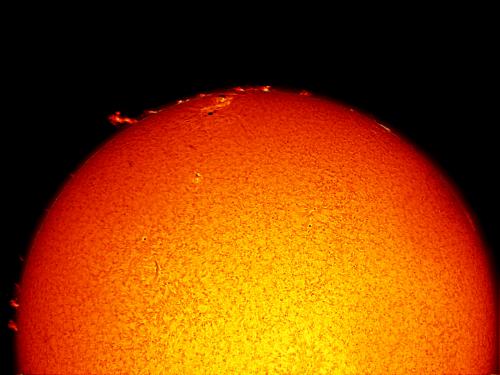
Stories of daring, stories of technological feats, stories of prevailing against the odds ... these are the stories we tell at the National Air and Space Museum. Dive in to the stories below to discover, learn, and be inspired.
Showing 31 - 40 of 87

April 09, 2020
The Smithsonian's Digitization Program Office takes you behind the scenes of how they captured a comprehensive 3D dataset of the largest museum artifact ever to be digitized: Space Shuttle Discovery

July 19, 2019
In this guest blog from Smithsonian Channel, we share the story of Neil Armstrong's Lunar Landing Research Vehicle crash in May 1968.

July 15, 2019

July 04, 2019
In honor of Fourth of July, we explore artifacts in our collection with American flags.

October 22, 2018
Entrepreneur, philanthropist, and collector Paul G. Allen, co-founder of Microsoft, made a notable impression here at the National Air and Space Museum.

October 18, 2018
The next few months will also bring some exciting developments in space science. There are new missions about to launch and spacecraft that will reach their destinations after long journeys. Here are six out-of-this-world things to look for in the news over the next few months.

October 01, 2018
On October 1, 1958, the National Aeronautics and Space Administration was officially created, beginning a 60-year journey of American innovation and space exploration. While there are many (many, many!) unique NASA objects in the Air and Space collection, these six highlight milestones that shaped our nation’s quest to better understand our universe.

August 20, 2018
The Viking 1 lander, which launched on a 10-month journey to Mars in August of 1975, paved the way for the future of scientific inquiry in space. Here's a closer look at how the lander worked.

July 31, 2018
During the conservation of the Museum's Ranger 7 spacecraft, our conservator and space history curator uncovered some unexpected details about the object.

June 20, 2018
Parker Solar Probe's mission to figure out three strange things that the Sun does.
